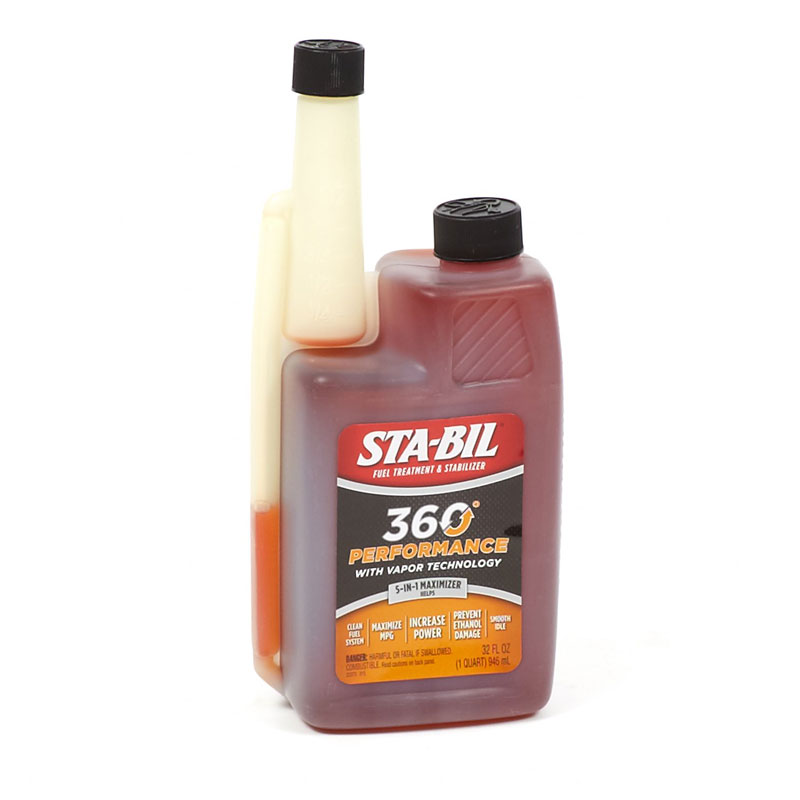Emission-Related Engine Installation Instructions
For all Briggs & Stratton Gasoline-Fueled Engines
IMPORTANT NOTE
The following engine installation instructions are being provided in accordance with EPA CFR 40 Part 1054.130 to ensure Briggs & Stratton engines are installed in their certified configurations. Failing to follow these instructions when installing a certified engine in non-road equipment violates federal law (40 CFR 1068.105(b)), subject to fines or other penalties as described in the Clean Air Act.
EXHAUST and AIR CLEANER SYSTEM INSTALLATION
If a Briggs & Stratton complete exhaust system and air cleaner system is supplied with the engine then no additional installation is required. If the engine is purchased without an exhaust system and/or air cleaner system then the original equipment manufacturer (OEM) must complete the exhaust and/or air cleaner system installation. Contact Briggs & Stratton Power Application Center (PAC) at (414) 259-5511 to ensure the exhaust system and/or air cleaner system is matched to the engine in terms of emissions performance, exhaust back-pressure, intake restriction, silencing performance, durability and installation rigidity.
OEM’s are responsible for informing Briggs & Stratton regarding any exhaust system and/or air cleaner system changes throughout the product life. Samples must be made available for confirmation testing before any exhaust system, exhaust system changes, air cleaner system or air cleaner system changes can be implemented by OEM’s.
EVAPORATIVE EMISSION CONTROL SYSTEM INSTALLATION
If a Briggs & Stratton engine, specified for sale in the US, is supplied with a complete fuel system, then the engine is certified for evaporative emissions and no additional installation or certification is required. If the engine is purchased with an incomplete fuel system, the equipment manufacturer must complete the fuel system installation while meeting requirements of EPA regulations 40 CFR Part 1054.112 and Part 1060. The completed fuel system must then be certified by the EPA.
Additional information can be found on the EPA website: http://www.epa.gov/otaq/index.htm
Recommendations for installation of low permeation fuel line include the following:
Fittings
- SAE J 1231 type fittings are recommended. Other designs of end fittings can be used provided that adequate protection against leakage and pull-off is maintained.
Clamps
- Clamping of the hose to the fitting with an appropriate worm gear, constant tension, or spring band clamps is recommended. Clamp torque should be as specified by the clamp manufacturer. Avoid the use of any clamp that may cut the hose and avoid clamping the hose directly over a barb on the fitting.
- If a hose clamp is not used, care must be taken to insure that the hose does not come loose from the fitting during use and that all sealing, pull-off, and durability requirements are met.
Lubricants
- See the fuel hose manufacturer instructions for guidance on lubricant selection.
EMISSION CONTROL INFORMATION LABEL
If you install the engine in a way that makes the engine's emission control information label hard to read during normal engine maintenance, you must place a duplicate label on the equipment, as described in 40 CFR 1068.105.
HIGH ALTITUDE COMPENSATION
For carbureted engines, high altitude adjustment is required to maintain performance. Operation without this adjustment will cause decreased performance, increased fuel consumption and increased emissions. Contact an authorized Briggs & Stratton Service Dealer for high altitude adjustment information.
IDLE MIXTURE TAMPER-RESISTANCES
Do not remove the tamper-resistances on the idle mixture (if the engine is so equipped). Note that failures caused by removing these are not covered by warranty.
UTILITY VEHICLE APPLICATIONS
Briggs & Stratton engines are not certified to be used in utility vehicles that travel with a ground speed greater than 25 MPH.
Shop Related Maintenance Parts
HOW-TO ARTICLES
Learn how to properly and safely use, troubleshoot and maintain your Briggs & Stratton equipment.
VIDEOS
Learn about the latest products, step-by-step instructions on how to locate your engine model number and more.





